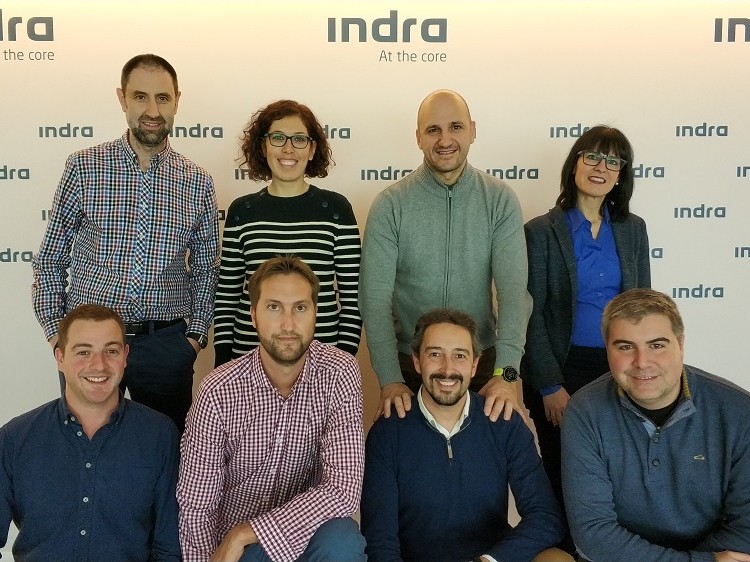"The architectures defined for Wikinger, East Anglia ONE and Teesside combine different components that will set the basis to reach the ROMEO goals"
Minsait, an Indra company, is a leading firm in Digital Transformation Consultancy and Information Technologies in Spain and Latin America. Minsait has a leading role in the ROMEO project (Work Package 5 "Data Acquisition and Analytics Ecosystem"). The team will enable the implementation of a novel IT Real Time Data Integration Platform for Wind Turbines (WT), aligned with the latest industrial Internet of Things initiatives, capable of boosting the real-time and preventive control and coordination capabilities of the future WT. Besides, Minsait will also develop advanced predictive monitoring and performance monitoring analytic functions based on low-level granular services hosted on edge devices. Minsait has recently finished the definition of the Architecture and Data framework for the pilot tests included in the ROMEO project: the offshore wind farm of Wikinger (Germany), East Anglia ONE and Teesside (UK). This work, developed in collaboration with other partners (Iberdrola, EDF, IBM Research Zurich, Adwen, Uptime, Bachmann, Ramboll, Siemens Gamesa) sets the basis in order to succeed with the implementation of the ROMEO concepts and tools integrated in the O&M information management system that will be tested in the three multi-scale offshore pilots. Recently the team have released the public report that defines the architecture and the data framework for the pilot tests. Catherine Murphy-O'Connor and Paloma Verdejo are part of the Minsait team involved in this challenge. Could you explain the specifics about how your team is contributing to the general goal of the ROMEO project to reduce the O&M cost of the offshore wind sector? On the one hand, our team has expertise in leading ICT architecture definitions where a high number of heterogeneous devices, components, systems and algorithms from different partners need to be integrated. This background is brought on board to the project in order to face the ROMEO challenge where a flexible and interoperable Industrial IoT and Cloud platform will be built to provide an advanced analytics framework to better understand the real-time behaviour of the main components of Wind Turbine Generators under operational conditions. On the other hand, Minsait has been pursuing in the last decade the concept of edge computing which means to push the frontier of computing applications from centralised nodes to the logical extremes of a network enabling analytics to occur at the source of the data. One of the challenges of the digital era is the transformation of the current monitor and control chart from a Centralized Control Centre into a management architecture consisting of a hybrid of both centralised and decentralised processing systems. The new distributed intelligent system should support the ability to quickly collect, organise, and analyse large volumes of data and help with processing, resolving, and delivering the large amount of actionable data needed to effectively manage and monitor the power system. With this purpose in mind, Minsait came to the project to provide this distributed architecture layer with 3 of its components that are part of Onesait Platform: i) Babel; a real-time power industry protocols manager that enables communication with multiple elements within a facility; ii) Industrial Node#1, a powerful Edge Computing node with processing capabilities to enable real-time devices management with embedded security; iii) iSPEED, a real-time Field Message Bus with the ability to handle large volumes of data in a secured, distributed and loosely-coupled way. Read more in: www.romeoproject.eu/minsait-architectures-defined-wikinger-east-anglia-one-teesside-combine-different-components-will-set-basis-reach-romeo-goals/
Keywords
offshore, windenergy, ICT, O&M
Countries
Austria, Switzerland, Germany, Denmark, Spain, France, United Kingdom



